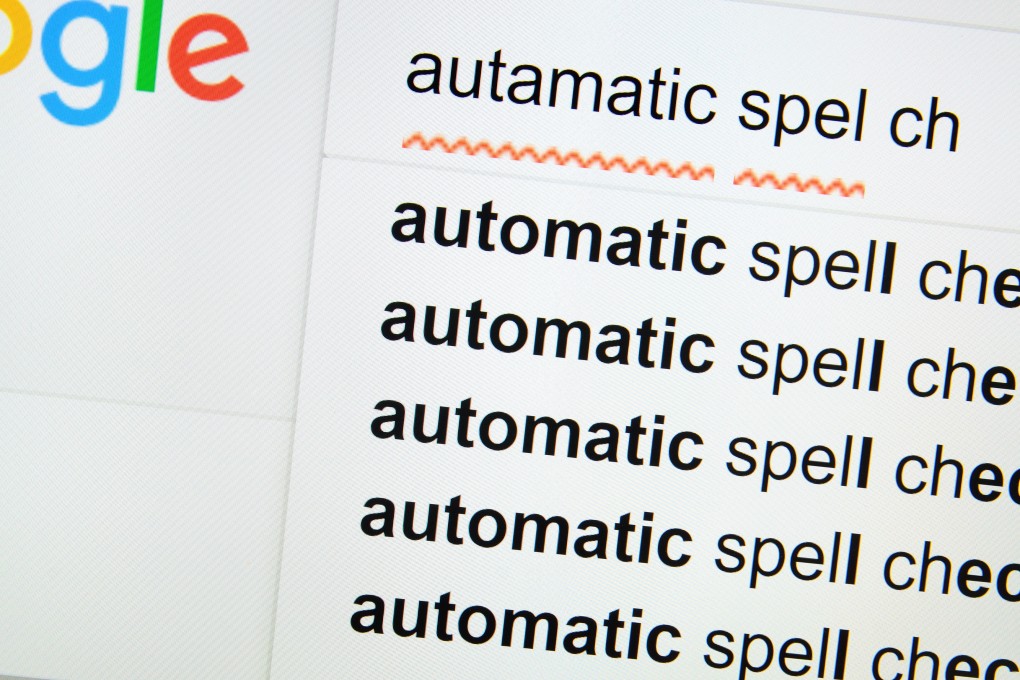Google to use powerful AI tool in Gmail to help people who struggle with grammar
- Digital grammar editors are nothing new, but the latest versions are using machine learning and AI
- Experts are divided between welcoming a tool that helps people express themselves and worrying about stifling creative talent

There, their, they’re.
If you stumble over grammar, take comfort in this: tech companies are supercharging their digital grammar editors with artificial intelligence and machine learning in an attempt to make clear, persuasive writing easier than ever.
Google became the latest to enter the game last week, announcing an artificial intelligence powered tool that offers automatic detection of grammar mistakes while composing messages in Gmail, as well as auto correction of some common spelling mistakes. The company introduced a similar AI-driven function to documents in G Suite earlier this year.
While some education experts applaud the advancement of hi-tech grammar tools as a way to help people more clearly express their thoughts, others aren’t so sure. Artificial intelligence, according to the contrarians, is only as smart as the humans who programme it, and often just as biased.

“Language is part of your heritage and identity, and if you’re using a tool that is constantly telling you, ‘You’re wrong,’ that is not a good thing,” says Paulo Blikstein, associate professor of communications, media and learning technology design at Columbia University Teachers College. “There is not one mythical, monolithical (English) … And every time we have tried to curtail the evolution of a language, it has never gone well.”